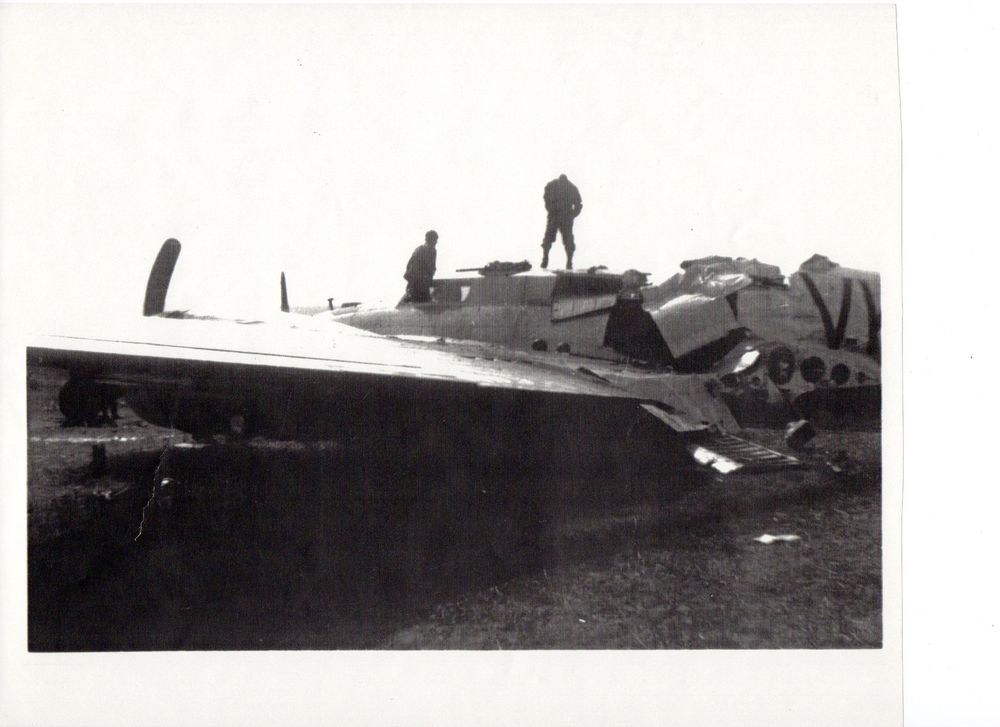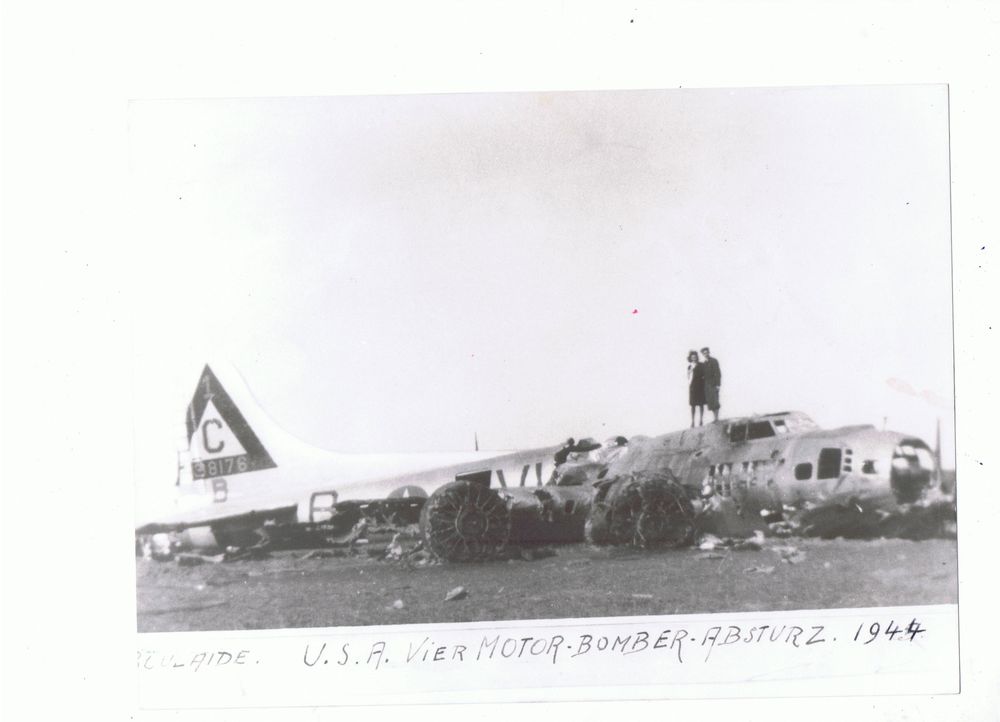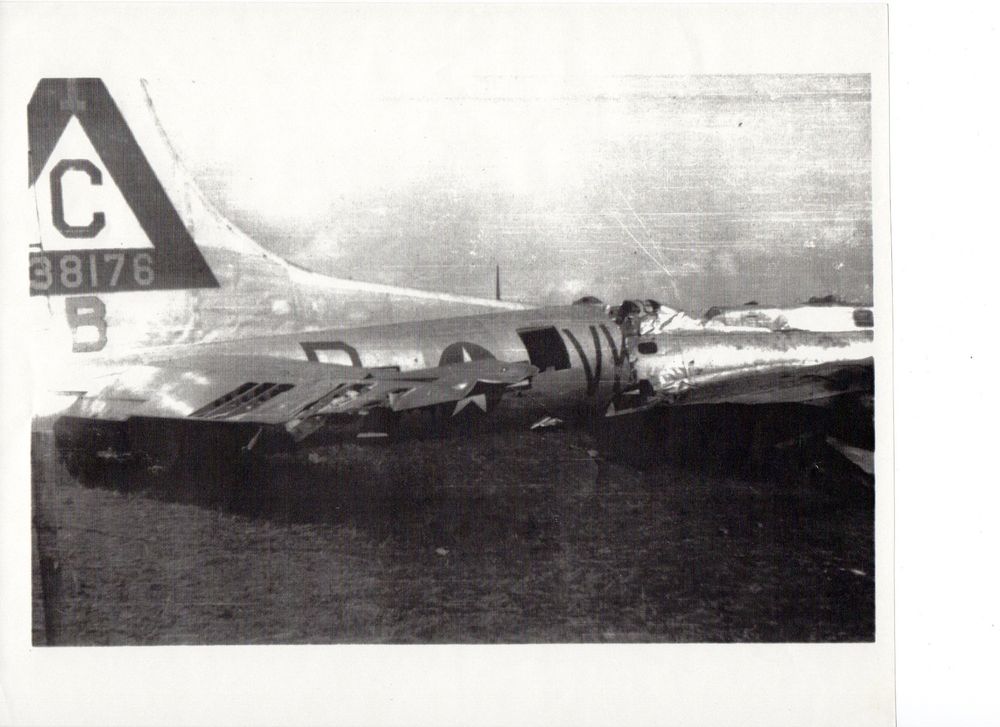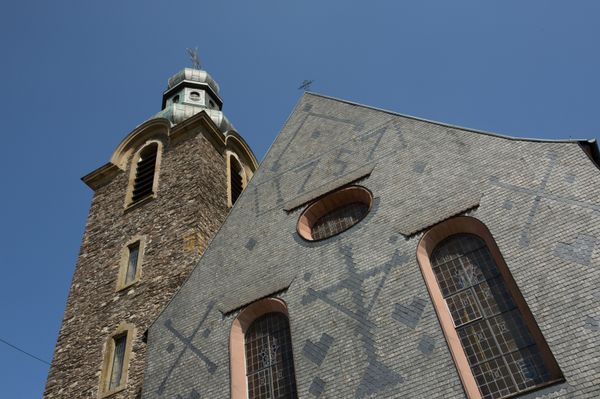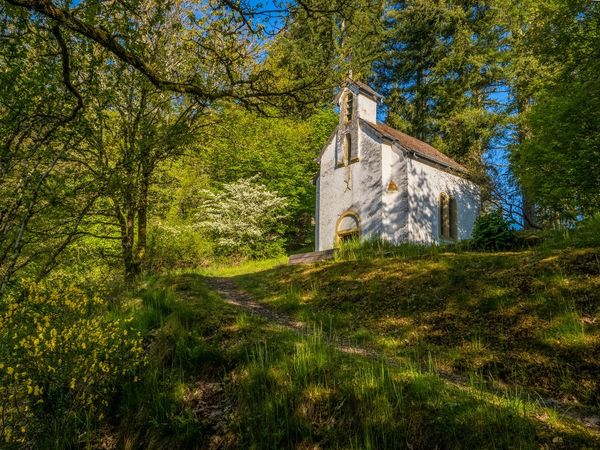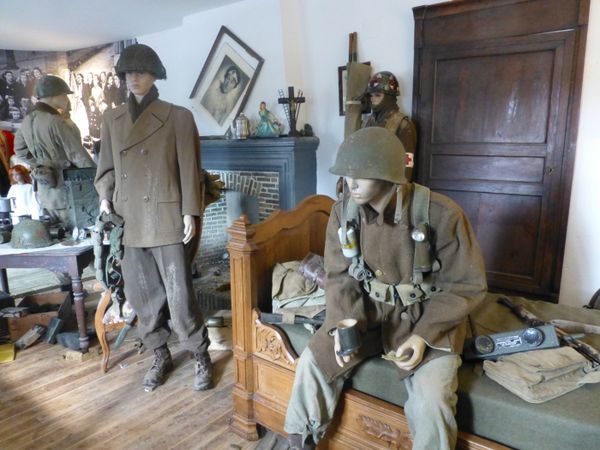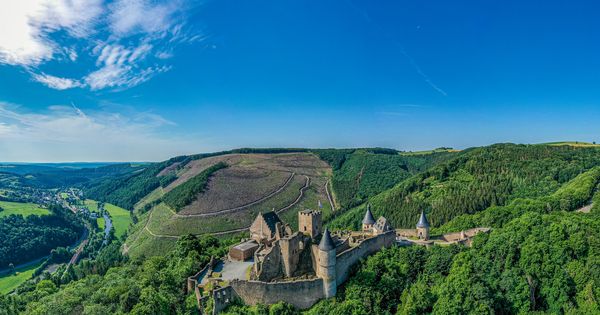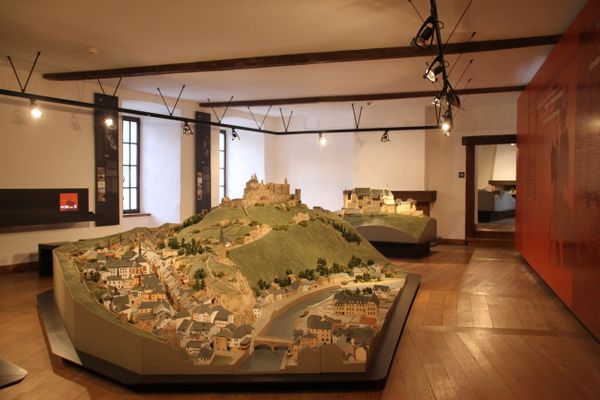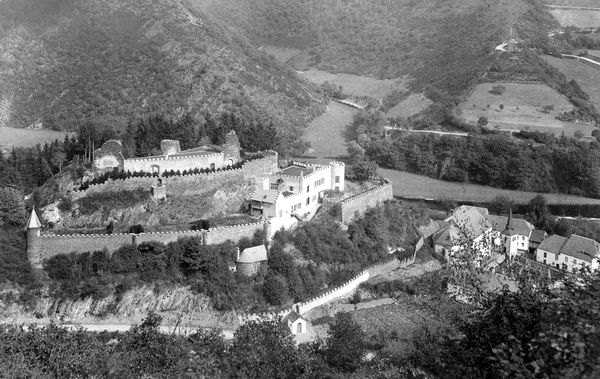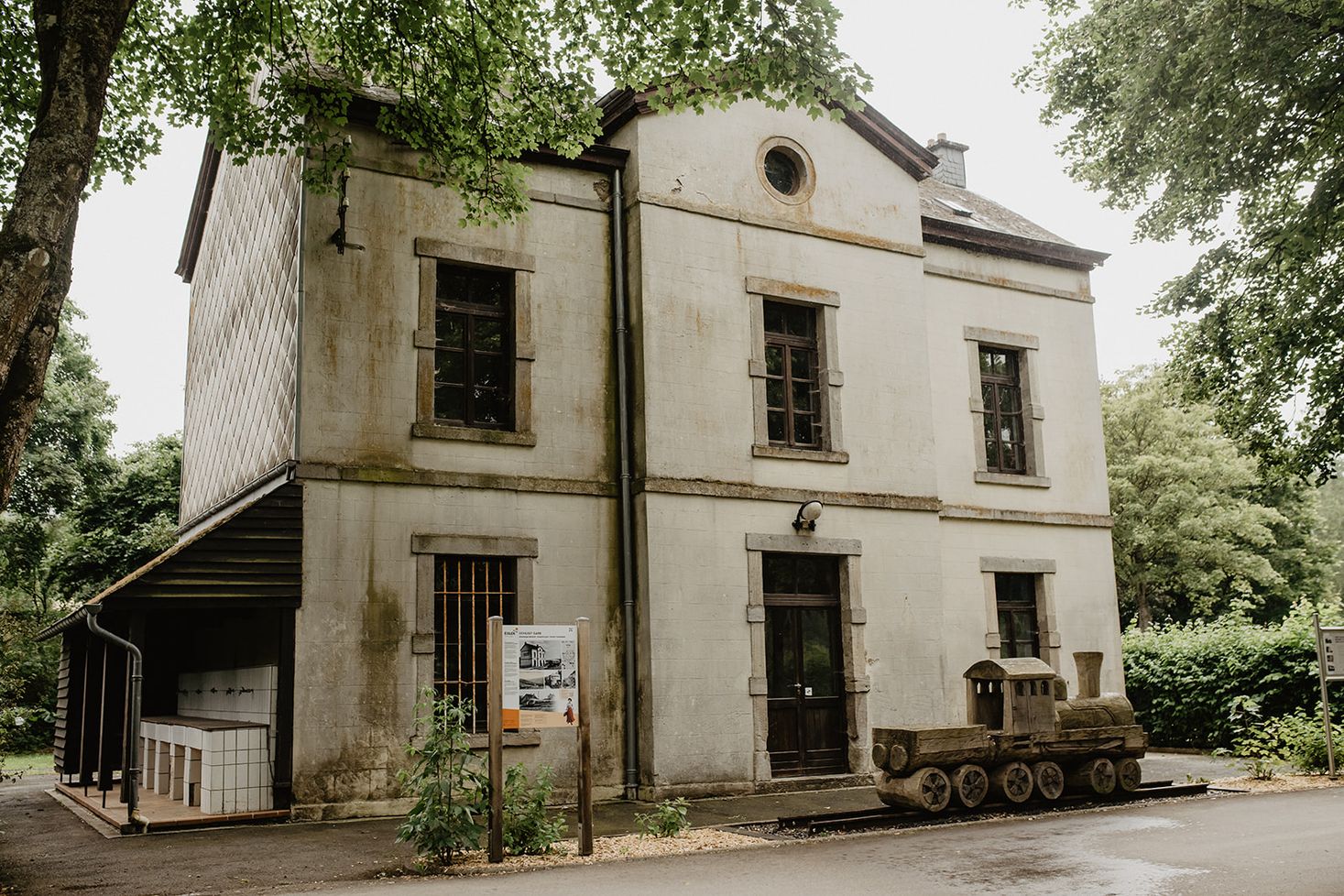
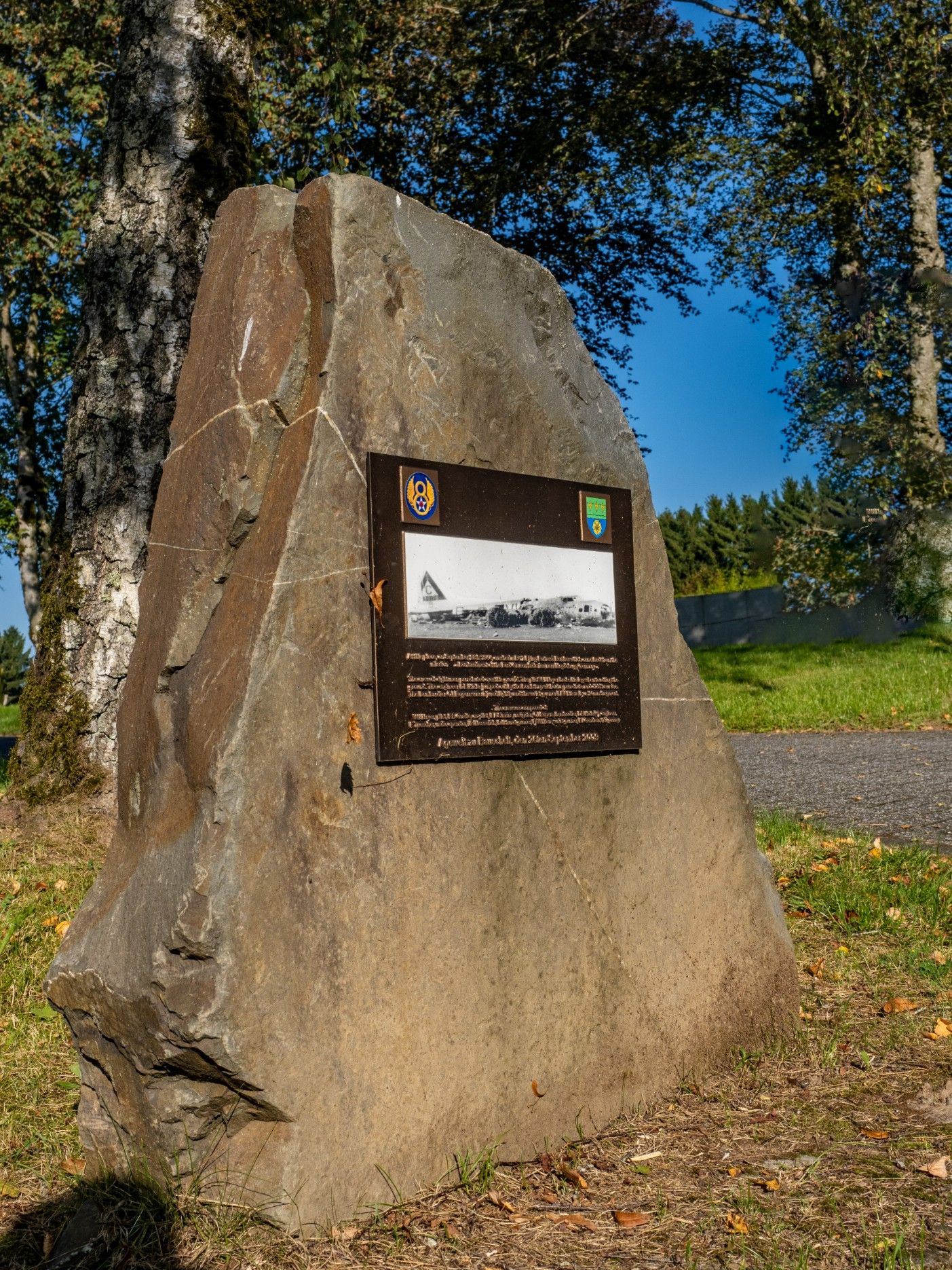
B-17 Bouncing Betty – Plane crash
Where? L-9640 Boulaide
The Bouncing Betty's Fateful Day in Boulaide
In the historic skies over Boulaide, Luxembourg, on September 28, 1944, the B-17 bomber "Bouncing Betty II" faced a perilous descent during a mission to bomb the Gruson factory in Magdeburg. Led by Pilot Walter J. Mayer, the crew's courageous decision to bail out spared the village from disaster. The B-17, celebrated as the "Flying Fortress," played a crucial role in World War II.
In the skies above Boulaide on September 28, 1944, the rumble of engines heralded a chapter of World War II history etched in the annals of this Luxembourgish village. The B-17 bomber, known as "Bouncing Betty II," descended ominously.
The crew, led by the intrepid pilot Walter J. Mayer, faced adversity as they traversed the aerial battlegrounds, targeted by the Third German Fighter Squadron. Damaged and losing altitude, the B-17 became a harbinger of danger to the unsuspecting village of Boulaide.
Against this backdrop, the crew made a courageous decision, parachuting to safety as their aircraft continued its perilous descent. Tragically, the 18-year-old Flight Engineer, T/Sgt Hicks, did not survive the fall. When he realized that the parachutes were being deployed and his intercom was no longer working, he jumped out through the bomb shelter. The remaining crew members, however, landed safely, evading the clutches of German troops.
As Walter J. Mayer set the unmanned B-17 on a specific course before abandoning it, the village held its breath. The spiraling descent culminated in a crash in a field, sparing the residential houses by mere meters. Boulaide had narrowly averted disaster, and the event remains etched in collective memory as a testament to the valor of those who risked all to protect Luxembourg.
The B-17, often hailed as the "Flying Fortress," played a vital role in the Allied campaign. Its durable frame, speed, and formidable armament earned it legendary status among aviators. The Boeing-built B-17 was America's first long-range bomber, boasting a maximum range of 3,800 miles. Pilots like Walter J. Mayer held a special reverence for the aircraft, considering it a "pilot's dream" for its stability, forgiveness, and ability to withstand battle damage.
This historic incident unfolded during the 303rd Bomb Group's sixth mission, targeting the Grusonwerk AG near Magdeburg, Germany. The factory's production of tanks, special vehicles, and submarine parts made it a strategic target.
The story of Bouncing Betty transcends borders, connecting the skies over Boulaide with the broader narrative of World War II and the indomitable spirit of those who flew the wings of valour.
Opening hours

